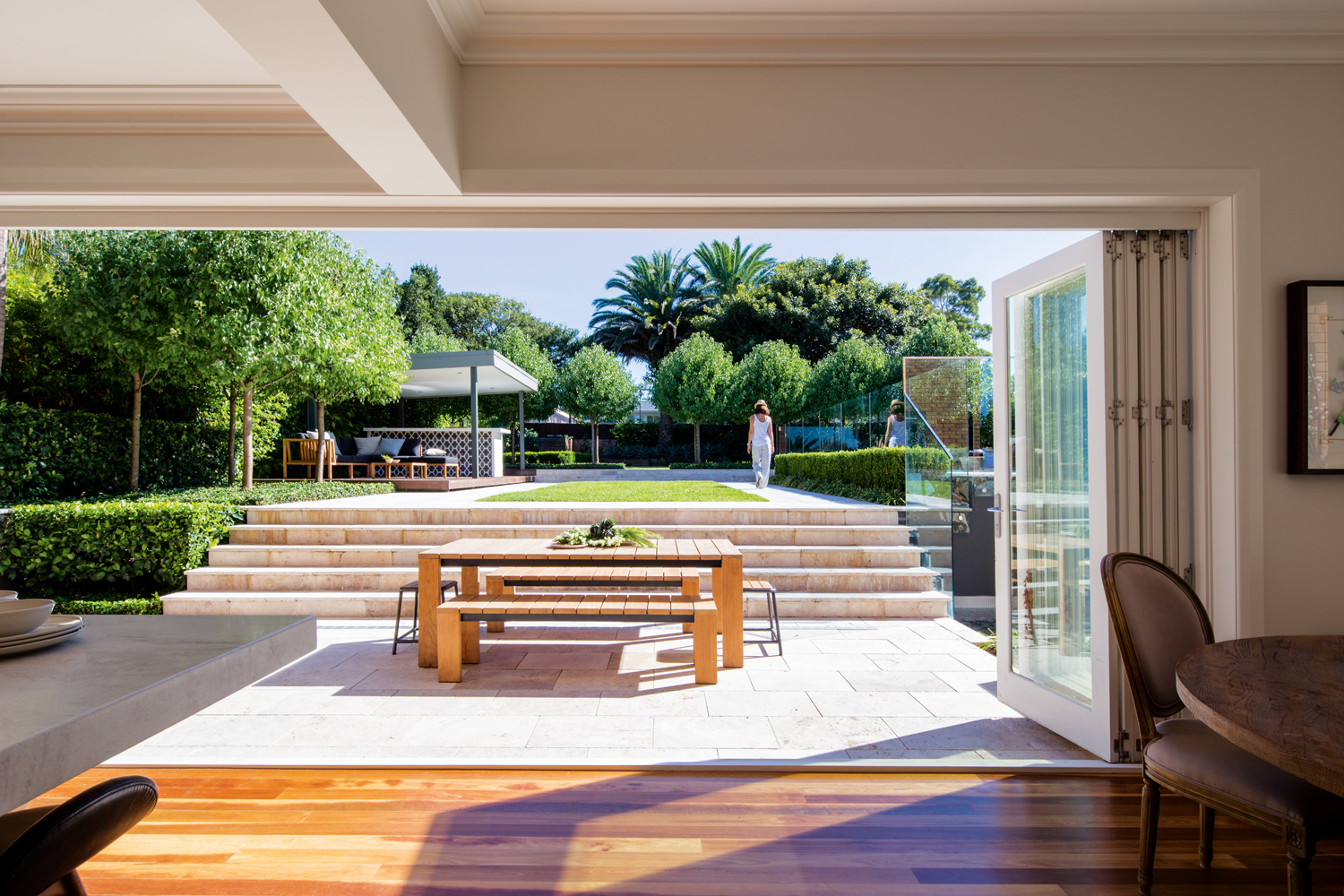Of traditional design, this rambling country garden is a plant lover’s paradise
Story & photos: Diane Norris
You always know when you’re in the garden of a true plant lover when you are welcomed onto the property with warmth, humour and abundant enthusiasm. I have photographed hundreds of beautiful gardens over the years and enjoyed penning lots of stories but in this case, I will leave it to the owner and creator of this wonderful garden, Faye Frith, to tell its tale.
While I photographed Faye’s garden she disappeared inside the house, reappearing with several hand-written pages as I packed up my gear. So here, in her own words, is the story of Patchdale, a private, small-acreage country garden in the Southern Highlands of New South Wales.
“The garden, overall, is eight years old but has changed continuously. When the builder had completed our home and left, all that remained was a bare paddock, so the first job was to triple-dig the shrubbery beds and to add vast quantities of compost, mostly mushroom, and top that with bales and bales of straw. This, alas, has been a continuing process,” wrote Faye.
“Trees and shrubs were planted and all were very small as I could not manage the planting of large specimens. But I found that once planted, the smaller potted trees and shrubs were quicker to ‘take’ and now form the backbone of the garden.
“An automatic watering system looks after the watering. A large concrete tank was poured on-site then it was hidden and buried with tonnes of soil. All rainwater from the roof fills the tank, but if we have a dry spell bore water can top it up.
“The woodlands area was planted with silver birch (Betula pendula) and hellebores underneath. The hellebores continually spread from the seeds, so in the summer I go through and cut them down to ground level.
“Hedging around the property has been achieved with Thuja species. These were planted as very small plants and now form a thick screen that I keep at about six-foot [two metres]. The other hedging up the driveway, hiding the front lawn and garden, is hornbeam (Carpinus betulus) and it is a wonderful hedge. In winter, when it holds its brown leaves and the wind blows, it sounds like little bells ringing.
“Buxus hedging provides formality and we seem to have kilometres of it when it comes to trimming them — all by hand. No mechanical cutters are used on the hedges or buxus.
“The hedged rose garden is about five years old. Julia’s Rose is the main rose found here with Just Joey, Apricot Delight and, recently planted for more vibrant colour, Hot Chocolate. Roses are also planted up the drive and are mainly David Austen’s shrub varieties. There are also some conifers to give a hedge along here, too.
“The once-productive vegetable garden has now been turned into a ‘picking rose’ garden due to a lack of the time needed to care for vegetables. Today, golf has taken over a lot of my gardening time.
“The buxus ‘balls’ around the northside lawns are what I call my ‘stage lights’. During winter, the buxus give the garden a frame. The masses of perennial plants in this garden are just two years old and give me cover while the shrubs and trees were small — overcoming that bare look new gardens have.”
And there ends the story of Patchdale, as told by Faye — except for a plant list of trees, shrubs, roses and perennials that is too extensive to reproduce here.
I photographed Patchdale in the warmth of summer, when the roses were in full bloom. They were absolutely beautiful and included everyone’s favourite, the white Iceberg rose, along with the gorgeous pink Pierre de Ronsard, the deep-red Mr Lincoln, the rich-red Papa Meilland, the Spirit of Peace with it’s showy pink blush, the creamy JFK and the lightly scented Pascali.
This magnificent and carefully tended country oasis is a true gardener’s garden and a testament to the spirit and dedication of an inspirational, knowledgeable and dedicated plant lover.





